 NewTeeVee covers the Free Software Foundation’s (FSF) boycott of Netflix for supporting digital rights management (DRM) technology through HTML5 video. While I understand that the FSF takes a very hard-line view of software freedom, their push into requiring content freedom is absurd.
NewTeeVee covers the Free Software Foundation’s (FSF) boycott of Netflix for supporting digital rights management (DRM) technology through HTML5 video. While I understand that the FSF takes a very hard-line view of software freedom, their push into requiring content freedom is absurd.
They state on their blog “all DRM software relies on keeping secrets.. from the user, so that users cannot design their own method to modify it.” You know what else relies on keeping secrets from the user? SSL. This is the same technology that makes your browser use the encrypted https protocol when navigating to, say, banking websites. If users “design their own method to modify it”, banking websites would detect tampering and shut down your communication. So shouldn’t this argument apply to all encryption technology in general?
Conversely, let’s say that they get their way and DRM gets stripped out of the HTML5 spec entirely. What happens then? Content producers will have to continue to rely on expensive, private video technology/DRM stacks such as Microsoft Silverlight and Adobe Media Server. This continues to justify the technological advantage that these non-free software stacks have vs. HTML5, and further removes the ability of open standards to displace these stacks. Put another way, it moves free software in the opposite direction.
Thankfully, from FSF’s blog post it seems like Netflix’s proposal is winning.
We at Mediafly are rooting for DRM making its way into HTML5. I’ll cover that in a future blog post. Hint: not all DRM is bad.

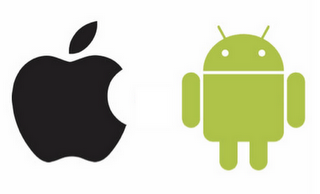

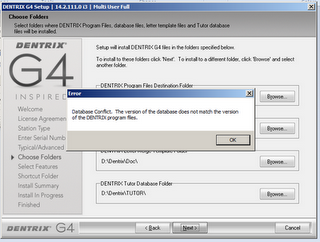
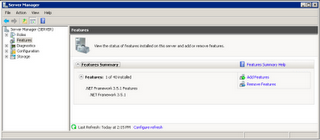

 Oh, how resourceful we can become!
Oh, how resourceful we can become! 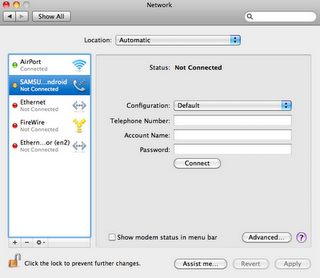
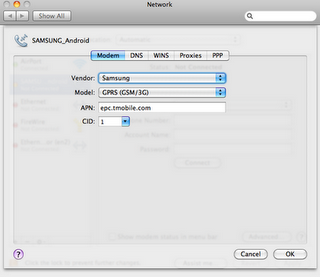
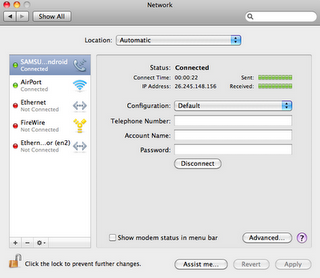
 Dropbox
Dropbox

 There has been a lot of discussion recently (at least among those who follow this stuff) about
There has been a lot of discussion recently (at least among those who follow this stuff) about

